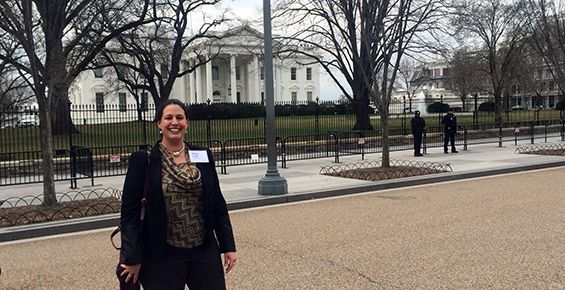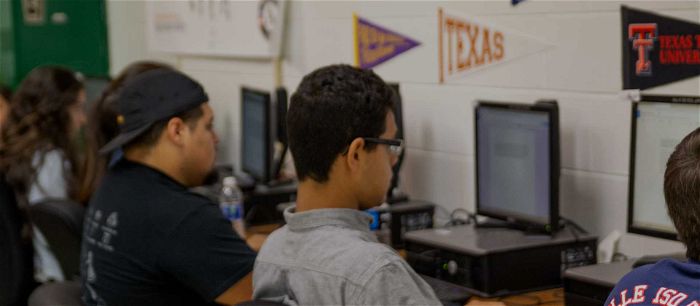In an economic era where having a postsecondary credential is required to secure a family-supporting career, too many young people never finish high school, enroll in college, or complete a degree or credential. This hurts individuals and our economy, which is weakened when jobs go unfilled because of a lack of skilled workers.
One problem is that our nation’s high schools were never designed to prepare all students for postsecondary education or training. In times when a high school diploma was more likely to lead to a good job, this might have been acceptable. It certainly is not now. The push in K-12 education toward the Common Core and other rigorous college- and career-ready standards shows the shift that states are making, recognizing this reality.
Even so, misalignments remain between high schools, colleges, and employers. Educators don’t by and large understand what employers want; employers screen for credentials like a Bachelor’s degree for jobs that don’t necessarily require that degree; and colleges rarely accept high school credentials and test performance as evidence of readiness for college-level work.







